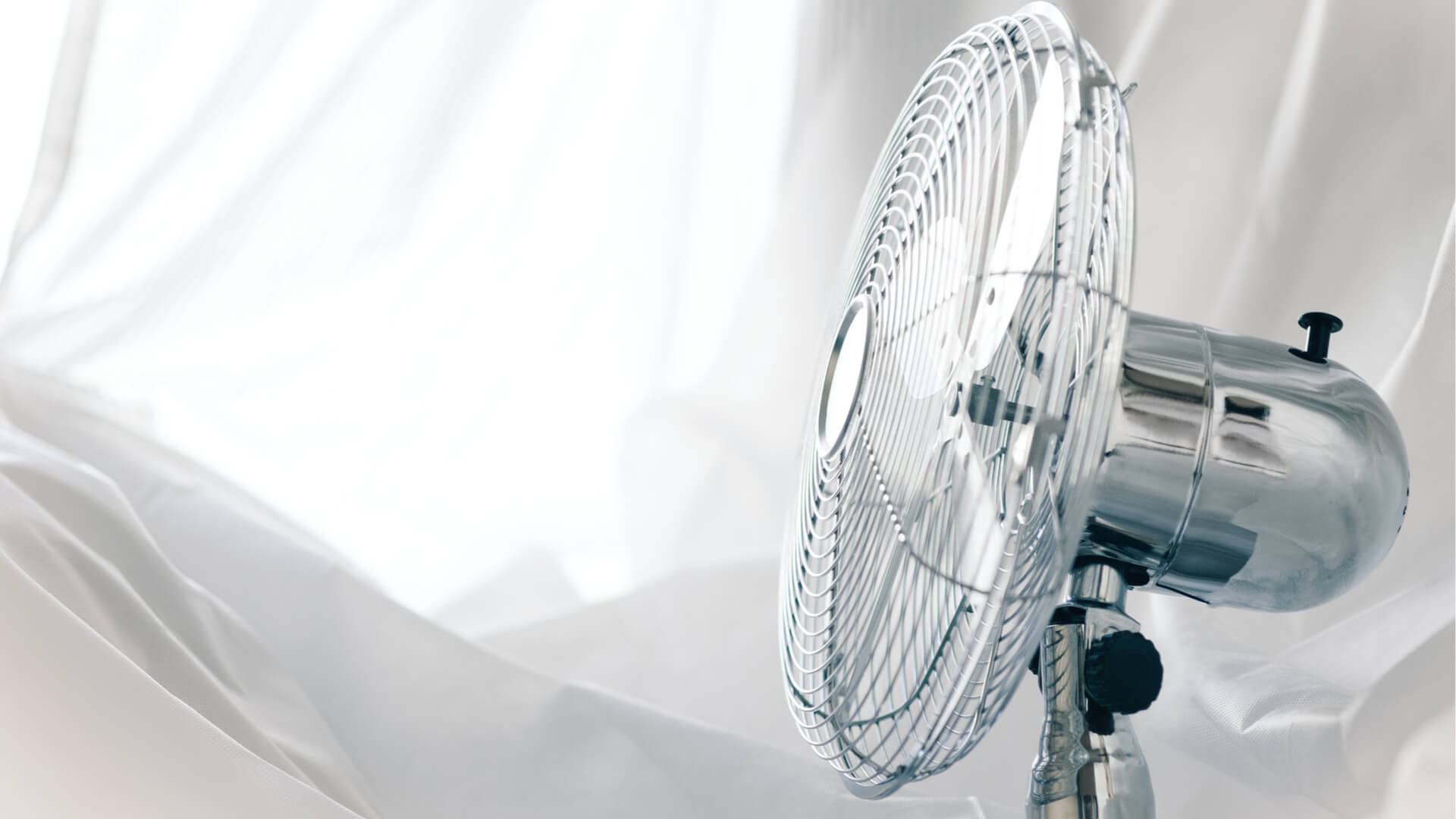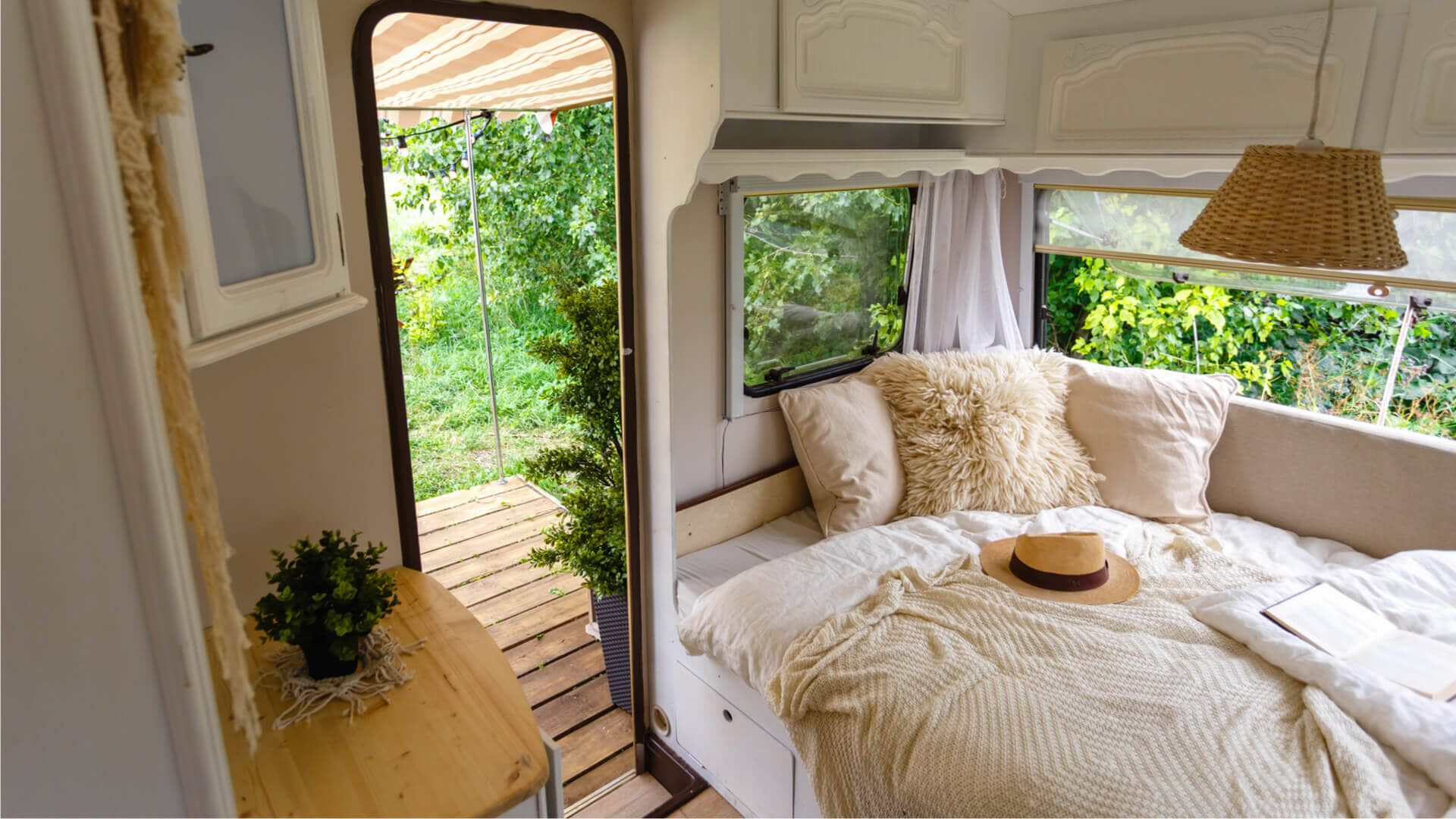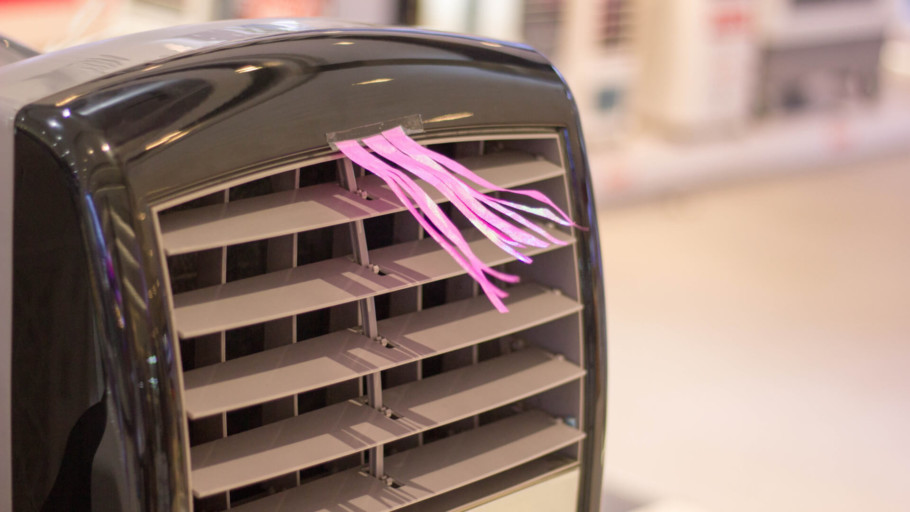Portable Air Conditioners: What You Need To Know
Not everyone can afford to install a central air conditioning system in their home. Maybe the building you live in won’t accommodate one, or making the changes is too expensive to justify. Perhaps you don’t need the benefits of air conditioning all year round and want to consider seasonal air conditioning.
A window-mounted air conditioning unit might suffice in these scenarios. If you live in an apartment block, though, you might be limited as some buildings prohibit their use due to the the health and safety risks they pose. Window-mounted units can also be unsightly and can ruin the aesthetics of your home’s exterior.
An alternative that might work for you is the portable air conditioner, which offers the benefit of cooler air without many of these previously-mentioned impediments. This article takes a closer look at portable air conditioning units, highlighting their strengths and weaknesses to see if they are worth the investment.
Budget
Portable air conditioning units vary in price, from a few hundred dollars to well over $700. That’s not cheap, but of course the bigger the budget the better the unit.
The top-of-the-range models are quieter, more maneuverable, and more effective (conditioning areas up to 800 sq.ft). If you are going to spend upwards of $600, though, then make sure that you are getting value for money.
Venting a Portable Air Conditioner
On the whole, one of the advantages of using a portable air conditioner is that they are so simple to vent.
Generally speaking, portable air conditioning units typically have a large venting hose, not dissimilar to a dryer hose. These need to be placed in an open window to allow the warm air to flow away. The disadvantage of this is that by opening the window, the warm air outside will flow straight back into the room you are trying to keep cool.
The alternative is a venting kit which entails drilling a hole in your wall or window frame. This might not be practical, though, if you want to maneuver the unit between spaces.
It is possible to buy evaporative portable air conditioning units that use a reservoir of water to reduce the ambient temperature of the room by as much as 30-degrees. These models can be cumbersome and not very portable, but the plus side is they don’t need a vent pipe that trails out of the window.

Effectiveness of a Portable Air Conditioner
Portable air conditioning units are never going to be as effective as central units, but they can aim to keep interior temperatures to 78-degrees Fahrenheit, the widely-acknowledged temperature at which we feel comfortable, or below if possible.
The effectiveness of these portable units depends on a number of factors, though. Therefor, you need to keep a few things in mind when placing and using a portable air conditioner.
Where to place the air conditioner
Place the unit away from walls or anything that might cause a blockage. The hose (typically 5 to 7 ft long) should be extended sufficiently to allow the air to flow through it without hindrance, and it needs to be near an open window or vent.
The size of the room
Most portable units are intended for use in smaller rooms, around 400 to 600 sq.ft., but the more expensive models will cool areas upwards of 800 sq.ft. Placing an undersized air conditioning unit in an oversized room won’t be effective at all, so read the manufacturers recommendations before purchasing.
Make sure there is a free flow of air
Installing a ceiling fan or placing a table fan in the room will increase the effectiveness of the air conditioning unit.

Keep the doors shut
Keeping the doors closed means that the air conditioner isn’t fighting against the warm air being sucked into the room from other parts of the home that might reduce its effectiveness. Drawing warm air out the vent can create a negative pressure that pulls the more heated air from around the house into the room.
If you are seeking an effective way of cooling the air in your home, then a portable air conditioner should help, especially in a small apartment, but it may be best to temper your expectations given the relative limitations of a portable unit.
Portability
Portable air conditioners vary in weight, but overall they don’t score particularly well on maneuverability. Some can weigh between 50 and 80 lbs; other heavy-duty evaporative varieties can top 100 lbs, though, which goes beyond the bounds of being portable.
If you go for the lighter models that are easier to cart around the home, expect the room coverage to drop dramatically. If you choose a heavier model, then you are faced with the issue of this cumbersome unit sitting in the middle of the room. If space is a premium, the last thing you want is an air conditioner filling what’s available. These models are noisy too, which makes their bulky footprint even more frustrating.
Who Would Benefit from a Portable Air Conditioner?

People who live in smaller spaces who cannot afford the ductwork for central air or whose building is prohibited from using a window-mounted unit would benefit from a portable unit. For example, students living in a small studio apartment or a single dorm room would make excellent candidates for a portable air conditioner.
Portable air conditioners are also great for those who want the benefit of, well, portability. If, for instance, you like to keep your RV at a comfortable ambient temperature during long summer vacations in the wild, or if you only use an air conditioner during a few warm months, a portable air conditioner can work wonders and can offer you the perk of being able to be moved as conditions or spaces require.
| Pros | Cons |
|
|
Final Thoughts
While portable air conditioners might not be the most effective – or attractive – means of keeping keeping us and our spaces at that comfortable 78-degrees Fahrenheit or below, sometimes a portable air conditioning unit is the best way make the best of the space we have.
If it reduces the temperature in your home to a comfortable level, then the portable air conditioning unit has done its job. It may not be the most effective at cooling, and it may be unsightly to look at with its trailing vent hose, but at least it gives you the chance of some light relief in the stifling heat.

